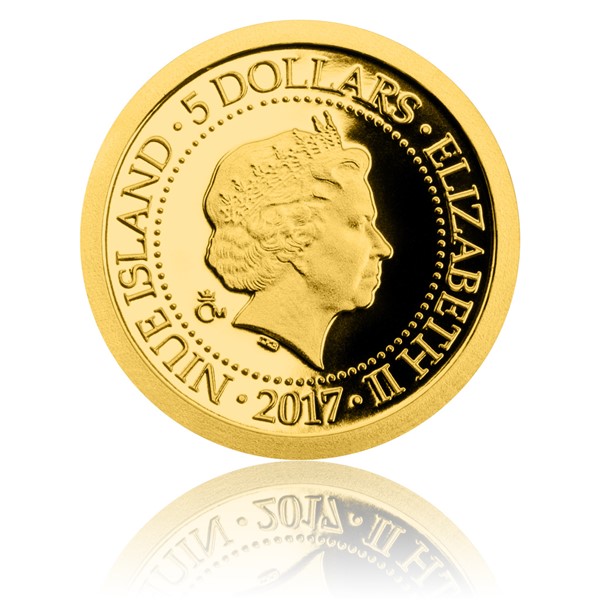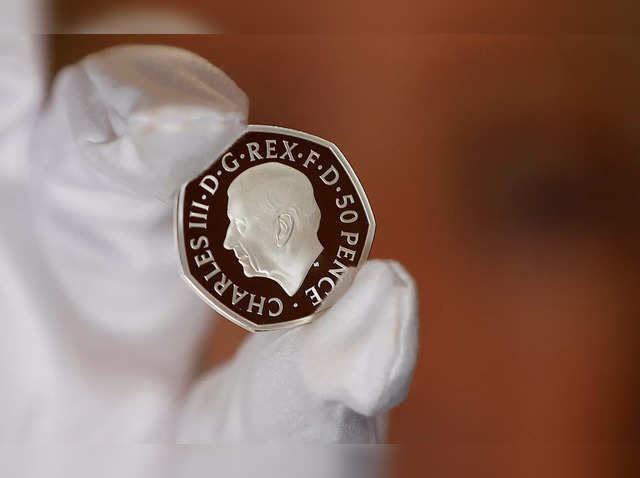Handy News To 3d Modeling Prague Mint Coins
Wiki Article
What Are The Advantages Of A Plaster Mold Employed To Create A First Physical Representation For A Gold Coin Or Medal?
A gold coin or gold medal design can be used as a reference for design by the designer or artist. It could be a sketch drawn by hand or an electronic image created with graphic design software. The choice of a medium Plaster due to its flexibility, is frequently used for maquettes. It is also possible to use other materials, such as wax or clay.
Plaster Preparation - The plaster is mixed with water to achieve a consistency that is able to be worked. To ensure a clean mold, the mixture must be smooth and free of lumps.
The base is where the maquettes will be sculpted. The base is typically a wooden board, or a flat and stable surface.
Making a sculpting Maquette The artist makes use of the design of gold to guide him when creating a sculpture of it in the plaster. The plaster is then shaped to create a relief or three-dimensional representation of the medal or coin.
Refinement and Detailing The artist will be focusing on the finer details, changing the lines of the design and making sure that the proportions of the design are accurate. This demands precision and attention to detail.
Giving time to set and dry- After the sculpting has been completed, the plaster should be allowed to dry and set. This enables the maquette to firm up and keep its shape.
Smoothing and Finishing- Following drying the maquette's surface is smoothed and refined to remove any imperfections, bumps, or rough areas.
Sealing and Preservation - To protect maquettes and prepare them for the future process like scanning or mold making, an adhesive or protective layer can be applied.
The final plaster maquette represents the gold coin or medal design in a three-dimensional form. It is used as a reference point to further steps in the process of making like scanning for digital replication, creating molds for mass production or as a model to allow artists to conceptualize and refine the design prior to final production. Follow the recommended Czechoslovakia gold medals plaster molds more recommendations. including $50 gold coin, silver double eagle, coins and gold, 1 ounce gold, $5 gold coin, silver bars for sale near me, gold one dollar coin, gold sovereign, gold coins for sale near me, ebay gold coins and more.

What Is The Process By Which An Janvier Machine Transfer The Design Of The Gold Coin To The Hub That Is In Operation?
A Janvier is also known under the terms pantograph and reducing machine, can be employed to transfer designs for a medal or coin from a master hub onto a working hub. The Master Hub Creation is explained in this video.
The master hub, also known as the original die or mould, is the first mold or die which contains the exact design and layout of the coin. To ensure accuracy the hub is usually made using CNC machineries and other high-precision methods.
Janvier Machine Setup
The Janvier machine includes a stylus, which copies the design of the master hub onto the working hub.
The Janvier machine is equipped with the master hub that is securely mounted. This is used as a template to where the design is transferred.
Tracing a Design
The Janvier machine's stylus records the contour of the design while it moves along the surface of the master hub. When the stylus is moved on the surface of the master hub it keeps track of its shape.
The reduction of design-related
The cutting tool on the Janvier machine replicates the traced design onto the working hub, which is usually composed of softer materials than the master hub, such as nickel or steel.
The cutting tool reduces or transfers the design onto the hub of the working wheel, but at a lower scale or size in comparison to the master hub. This is crucial for the process of coining since it allows medals and coins to be made at the desired sizes.
Precision and Accuracy
Janvier's machine operates with a high degree of precision, which ensures that the transfer is precise from the master hub onto the working hub. It replicates every single detail and contours precisely.
Quality Control
The resulting working hub is subject to quality checks and examination to make sure that the design is in line with the specifications and accuracy needed to strike it.
Further Processing-
The Janvier machine creates a working hub which is utilized in the medal and coin striking process. It serves as a mold, die or die to make multiple medals or coins blanks with the transferred design.
Janvier's machine is crucial for coining. It allows exact replication and reduction from an original master to working hubs of complex designs. Working Hubs are utilized for the production of large quantities of coins and medals by the strike process. Check out the most popular janvier processing Czechoslovakia gold coins more info. including gold doubloons, gold bars price, cost of silver coin, $5 gold piece, gold medal swimming, mexican gold coins, gold bullion bar price, gold dollar coin, sell gold coins, gold doubloons and more.

What Are The Best Ways To Achieve Matte Or Textured Finishes Through The Process Of Sandblasting? And How?
This method is used for creating specific textures or finishes, such as matte, textured, or patterned surfaces on coins or medals. Here's how and why this method is employed.
Surface preparation: The medal, coin or other item is placed in an enclosed chamber or cabinet with the nozzle which is connected to a compressor. The abrasive material is usually located in the chamber.
The medal or coin is then coated with abrasive substance, which can comprise glass beads, sand silicon carbide or aluminum oxide.
High-Pressure Propulsion - Abrasive particles are launched onto a surface using compressed gas or another high pressure system. The force and velocity that the particles encounter the surface will create the desired finish or texture.
Texture creation - By altering the surface's topography by the effect of the abrasive particle it creates a texture. This is used to create a smooth surface or to create rough textures in specific areas.
Sandblasting can have its intensity, duration and angle controlled to produce various textures or finishes. Different abrasives, pressure levels and abrasives result in different outcomes.
Sandblasting is why it is necessary?
The process of sandblasting allows the creation of various surface textures, or even mattes, frosted or rough surfaces. This creates visually appealing features and distinctive characteristics to the coins or the medals.
Aesthetic Enhancement: Sandblasting changes the appearance of the surface, reducing light reflection and reducing shine, which can enhance the coin's or medal's visual appeal. Matte finishes can be a good example, for instance, they can highlight particular design elements since they reduce the glare.
Sandblasting properties to reduce glare - Through using sandblasting, a smooth or matte surfaces can be made. This reduces glares and reflections. The coins and medals look more appealing and easier to see with no light interference.
Contrasting Design Elements. Sandblasting can create contrast between polished and textured ones on the coin. It is a great way to highlight certain design elements or to give them visual depth.
Sandblasting can be customized to allow for artistic expression and permits medals, coins, or other items to be made with unique textures or finishes unique to the design.
Sandblasting can create various textures and finishes on the surface of gold coins and medals. This improves the overall appeal, appearance and appeal, in addition to aesthetics. Read the most popular sandblasting Prague Mint gold coins site recommendations. including old coins, oz gold bars, george washington gold dollar, purchasing gold bars, $50 gold coin, american gold eagle 1 oz, gold and coin shops near me, bullion price of silver, gold angel coin, gold eagle price and more.

How Can You Achieve The Antique Appearance Of Some Gold Medals Or Coins?
It could be used for various reasons like aesthetics, historical significance, or collector interest. Here's how and why this is performed. The steps to create an Antique Appearance
Chemical patination- Chemical treatments that use acids or acid-based solutions to create patina is applied to the surface of a medal or a coin. The solutions used achieve a precise degree of oxidation or tone which gives the appearance of an old or vintage coin. This technique can increase the clarity of a design and enhance the design.
Artificial Aging: Chemical or mechanical methods are employed to mimic natural wear and tarnish. The use of abrasive tools or treatments is employed to create scratches and worn areas.
Toning or Staining- Specialized products or heat treatments can be employed to color or stain the surface, creating varying shades or hues of color. This method can mimic the natural tone and discoloration that develops over time.
Buffing and Polishing Techniques Polishing or selective buffing is applied to certain areas to remove the surface layer or highlights, creating contrast and giving the appearance of aging or wear.
Reasons for Creating an Antique Appearance
Aesthetic Appeal- Some collectors or enthusiasts prefer the appearance of medals or coins that have an antique appearance for their aesthetic appeal. The worn-out look adds character, depth, and uniqueness to the design, making it visually striking.
History or Commemorative Value- Coins and medals commemorating historic periods or events may undergo aging to create a sense authenticity from the past or to imitate coins from an era.
Increased CollectibilityCoins and medals that are antique are often sought-after by collectors looking for rare or limited-edition pieces. The worn look can enhance the value and appeal of these items.
Highlighting design featuresThe process of aging can reveal the intricate design details by creating contrast in both recessed and raised areas, making designs more obvious.
Minting Authority - Minting authorities artists, designers, and other professionals can utilize age as a means to express themselves artistically by adding depth, symbolism or telling stories.
The purposeful choice of achieving an antique look for gold coins or medals can be a way to bring back memories, increase interest, or communicate an impression of the past. It's vital to strike a balance between the aesthetic effect with the importance of the coin and its authenticity. Check out the top antique finish of Czechoslovakia gold medals website examples. including twenty dollar coin, five dollar gold coin, 1 ounce of silver, five dollar gold piece, gold coin price today, 1 ounce of silver, congressional gold medal, gold silver bullion, gold american eagle price, 100 gm gold biscuit and more.
